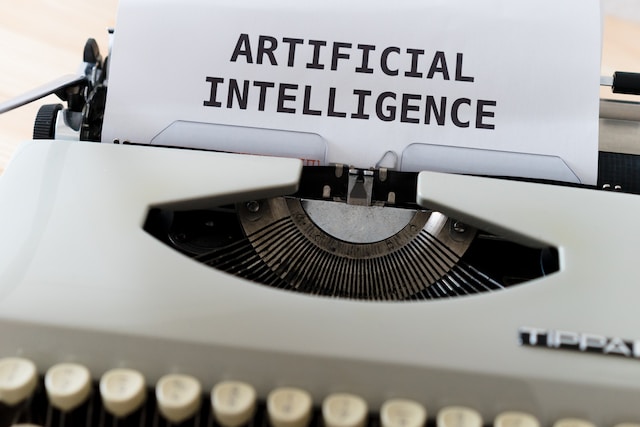The adoption of AI is revolutionizing threat detection and cybersecurity processes. Top organizations typically receive 5,000 notifications every day, but threat detection experts can only look into a small portion of them. With nearly 70% of security teams indicating that a significant amount of the alerts they receive are false positives, this information overload hinders their ability to perform their jobs effectively.
The generative AI market, which is anticipated to reach more than $22 billion by 2025, demonstrates the increasing reliance on AI technologies. Software-as-a-Service (SaaS) has had phenomenal development and is predicted to reach $208.1 billion by the end of 2023, an increase of 17.5% from 2022.
Endpoint security, intrusion detection systems (IDS), data loss prevention (DLP), and security information and event management are just a few cybersecurity applications that use AI technologies (SIEM). 75% of Corporate leaders agree that AI raises the accuracy of breach detection, and 3 out of 5 businesses claim that it increases the accuracy and productivity of their analysts. Moreover, AI cuts the entire detection time by 12% on average. Data breach expenses have been linked to automation technologies like AI, analytics, and automated orchestration.
A successful AI strategy can reduce false positives by 50% to 90% by learning from them and addressing these issues. Security experts should also be aware of the code included in malware like Petya/NotPetya, which was able to get past systems with specific security precautions in place, underscoring the importance of having strong cybersecurity defences.
With the increase in remote work trends and the interconnection of endpoints, AI-driven endpoint detection and response systems are necessary. Endpoint security is pushed into a zero-trust environment by these products’ proactive blocking and isolation of malware and ransomware threats.
Although AI applications present a wealth of opportunities, they also pose security risks that need to be addressed. Security professionals should use current SaaS discovery capabilities and SaaS Security Posture Management (SSPM) solutions to ensure secure AI usage, even though AI-specific security tools are still in the early stages of development.



